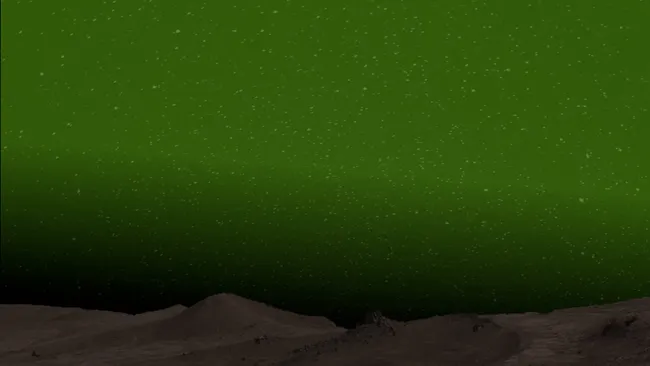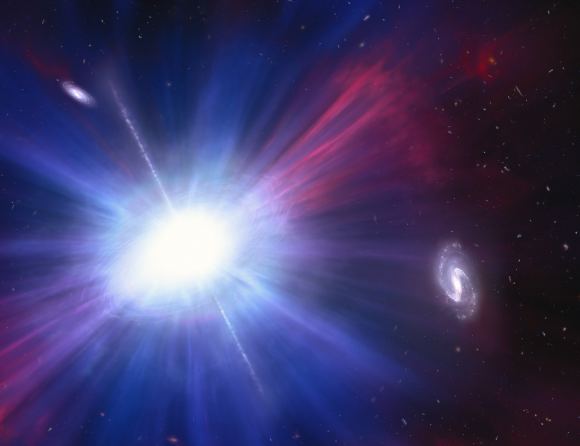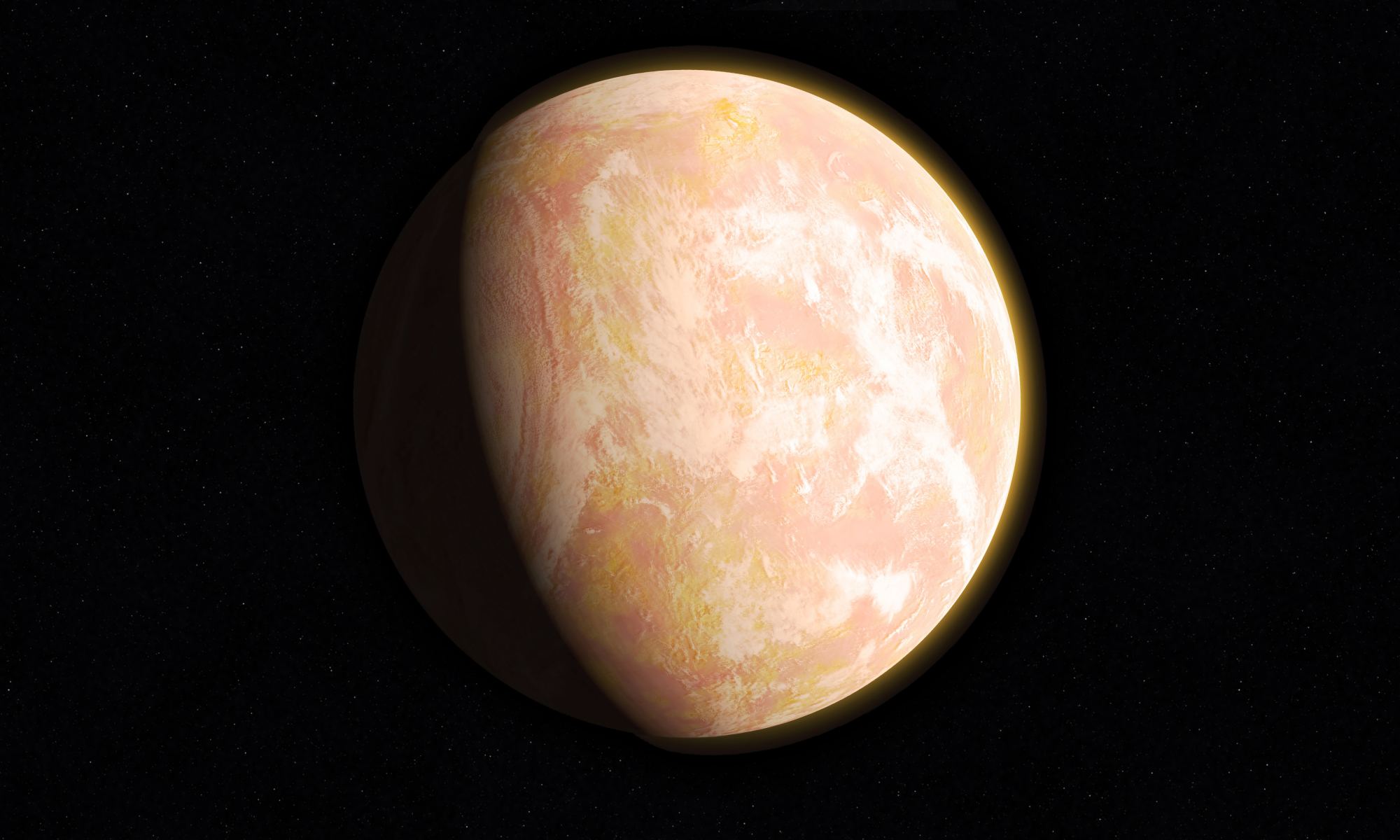Astronauts on Mars may see a green sky, eerie new study suggests
Using the European Space Agency's (ESA) ExoMars Trace Gas Orbiter (TGO), scientists have observed Mars' atmosphere glowing green for the first time ever — in the visible light spectrum, that is. The effect is called airglow (or dayglow or nightglow, depending on the hour). Nightglow "occurs when two oxygen atoms combine to form an oxygen molecule," according to ESA. On Mars, this happens at an altitude of approximately 31 miles (50 km). Scientists have suspected Mars to have airglow for some 40 years, but the first observation only occurred a decade ago by ESA's Mars Express orbiter, which detected the phenomenon in the infrared spectrum. Then, in 2020, scientists observed the phenomenon in visible light using TGO, but in Martian daylight rather than at night. Now, we've seen the phenomenon at night via TGO.
Moon is 40 million years older than we thought, tiny crystals from Apollo mission confirm
Astrobiologists think a planet needs to have certain features to support life: oxygen in its atmosphere, something to shield organisms from dangerous radiation and liquid water, for a start. Although big land masses aren't strictly necessary for living things to emerge, Earth's history shows that they're important for life to thrive and exist for long periods of time. So, if an exoplanet had continents before Earth, it follows that there might be older, more advanced life on that world.
This line of thought led Jane Greaves, an astronomer at Cardiff University astronomer in the U.K., to answer the question: When did the first continents appear on a planet in our galaxy? Turns out, two exoplanets' continents — and perhaps life — may have arisen four to five billion years before Earth's.
Can a Dead Star Keep Exploding?
If the Tasmanian Devil is a type of dead star, it’s not behaving like the others. As a dead star, the light coming from it could signal its transition into a sort of stellar afterlife. It could be a new type of stellar corpse.
“Because the corpse is not just sitting there, it’s active and doing things that we can detect,” Ho said. “We think these flares could be coming from one of these newly formed corpses, which gives us a way to study their properties when they’ve just been formed.”
“Because the corpse is not just sitting there, it’s active and doing things that we can detect,” Ho said. “We think these flares could be coming from one of these newly formed corpses, which gives us a way to study their properties when they’ve just been formed.”
The Echoes From Inflation Could Still Be Shaking the Cosmos Today
In the very early universe, physics was weird. A process known as “inflation,” where best we understand the universe went from a single infinitesimal point to everything we see today, was one such instance of that weird physics. Now, scientists from the Chinese Academy of Science have sifted through 15 years of pulsar timing data in order to put some constraints on what that physics looks like.






No comments:
Post a Comment